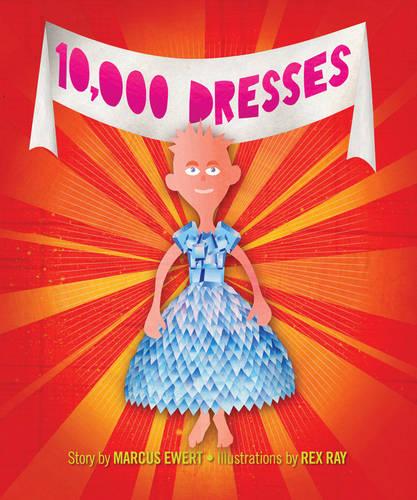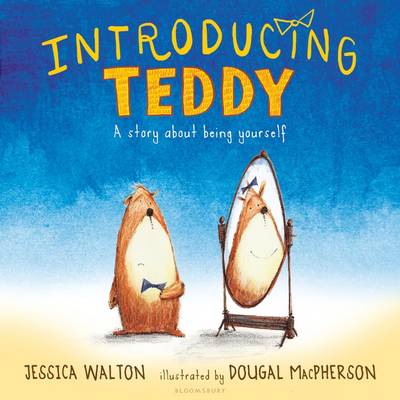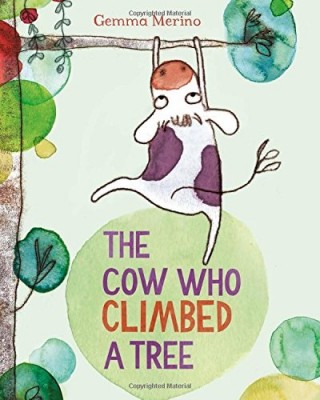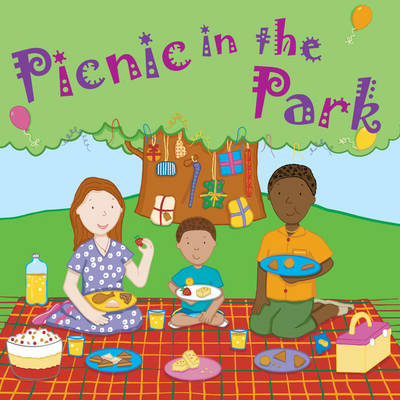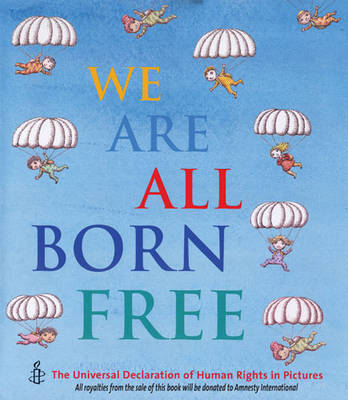
A woman taking part in an anti-Muslim protest in the US changed her mind when a Muslim woman approached her, hugged her and invited her in to the local Mosque to talk. Other supporters talked to the protester calmly to try and get her to see things differently. When she stepped in side the Mosque she was greeted by applause.
The Mosque's spokesman said, "We focus on the similarities rather than on things that divide"
LI To understand how dialogue can change ideas
Watch this clip
Watch this clip
https://www.youtube.com/watch?v=ErxlkMwVrUQ
showing the hug and the conversation with the anti-Muslim protestor. In other (longer) clips we can see the man say to the protestor, "We can be friends" and, "How do you know I'm not Muslim?" He questions her calmly and gets her to question her beliefs. Why does he do this and what is the impact?Watch this film of the woman who gave the hug https://www.youtube.com/watch?v=uY5NO8ox2y8
how does she describe the impact of the hug? How do you think the women felt before the hug and after the hug. Why do you think the hug went viral? The woman talks about suffering hate crime in the street in the past; she must feel angry yet she remains calm and hugs the protestor. Why does she choose to remain calm and talk? Why doesn't she shout at the protestor? What does this show us about many people around the world and in America?Write a newspsper report for the incident. use quotes from the films
http://www.independent.co.uk/news/world/americas/anti-muslim-protester-won-over-by-hugs-and-debate-at-noor-islamic-centre-a6690801.html
